Piyush Pandey: Crafting Culture One Campaign at a Time
At a time when liberalization was changing India and cable TV was new, Pandey’s idea was elegantly simple: show adults acting like kids.
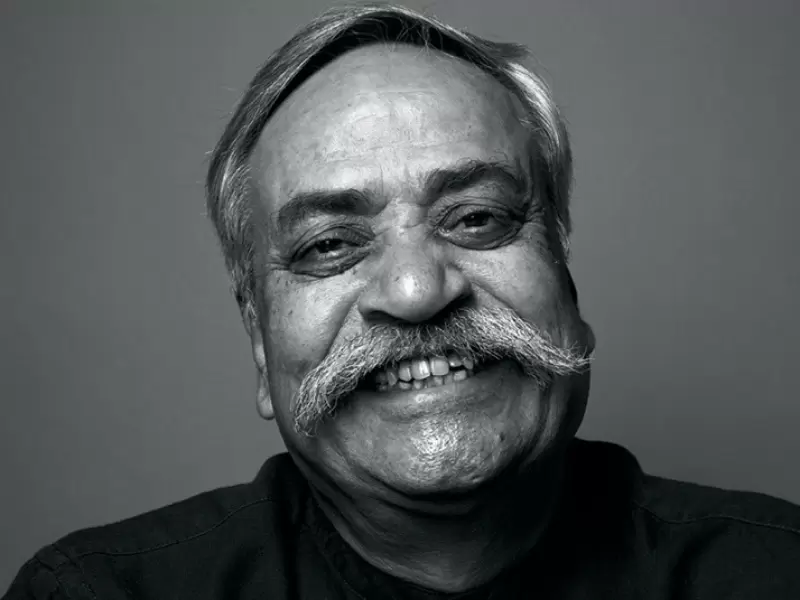 Piyush Pandey / Ogilvy
Piyush Pandey / Ogilvy
Who among the Indian diaspora hasn’t hummed “Mile Sur Mera Tumhara,” or paused to watch the national integration video that stitched together India’s dizzying tapestry of languages, landscapes, and lives? It was a moment meant to make every Indian, at home or abroad, swell with pride.
The lyrics came from a young Piyush Pandey, approved only after seventeen drafts had been rejected. That same instinct for capturing the essence of India would come to define a career that reshaped advertising, storytelling, and the way Indians saw themselves.
Pandey, who passed away in Mumbai on Friday at the age of 70, didn’t just sell products; he sold the joy of being Indian, in all its messy, colorful, ordinary glory.
ALSO READ: India's 'Ad-Man,' Piyush Pandey passes away at 70
If you’ve ever felt a sudden urge to bite into a chocolate bar while watching cricket on a Sunday afternoon, or smiled at a small, unexpected pleasure while sipping chai in a cafe, you have Pandey to thank. He turned chocolate from a “kids-only” treat into a symbol of joy for adults, through Cadbury Dairy Milk’s “Asli Swaad Zindagi Ka” campaigns in the 1990s.
At a time when liberalization was changing India and cable TV was new, chocolate was still firmly in the realm of children. Pandey’s idea was elegantly simple: show adults acting like kids. Expectant mothers demanding chocolate, fathers juggling footballs, women in sarees hopping through streets—every scene celebrated the small, spontaneous delights of life. Chocolate barely appeared; humans were the hero.
The campaign’s creation reads like legend. In 1994, Pandey was on a Diwali vacation in the U.S. when Cadbury’s urgent call arrived. He booked the next flight home and scribbled lyrics on the back of his boarding pass. Jazz legend Louis Banks composed the tune in fifteen minutes.
Gary Lawyer recorded the English version in a day, and Pandey adapted it into Hindi, reaching out to Shankar Mahadevan, whose subtle vocal flourishes made the song unmistakably Indian. Shimona Rashi, an untrained dancer, became the human face of the campaign, twirling across Mumbai’s Brabourne Stadium in a single take. The ad wasn’t just a commercial; it became a cultural touchstone, a shorthand for small, uncontainable joys.
This ability to fuse simplicity, humor, and emotion carried across Pandey’s entire career. Fevicol became more than glue; it became a metaphor for unbreakable bonds, whether it was passengers packed into a bus that didn’t tilt or eggs glued impossibly in place.
Asian Paints’ “Har Ghar Kuch Kehta Hai” taught Indians that a home’s colors tell a story. Vodafone’s ZooZoos and the pug Cheeka became nationwide icons. Polio awareness campaigns featuring Amitabh Bachchan actually moved parents to vaccinate their children. Every ad carried a pulse of life, an authenticity that spoke to everyday Indians.
Pandey’s reach went beyond commerce. Mile Sur Mera Tumhara remains a near-anthem, a testament to his ability to inspire national unity through music and storytelling. His early work included campaigns like Chal Meri Luna, which made a small 50cc moped a symbol of success for middle-class India, selling millions and entering everyday language.
In the early 2000s, he helped revitalize Madhya Pradesh tourism with “Hindustan Ka Dil Dekho,” showcasing unfiltered beauty through thousands of photographs of the state and its people.
Born in Jaipur in 1955, one of nine siblings, Pandey grew up in a household brimming with creativity, alongside filmmaker Prasoon Pandey and singer Ila Arun. He read history at St. Stephen’s College, played cricket at a competitive level, explored several professions, and finally found his calling in advertising at age 27.
He joined Ogilvy India in 1982 and rose to Global Chief Creative Officer and Executive Chairman India, shaping generations of creative talent and making Ogilvy the country’s top agency for twelve straight years.
What set Pandey apart was not spreadsheets or logic, but magic—the alchemy of connecting brands to real life. He proved that Hindi, regional dialects, and street idioms were not compromises but sources of power.
Ads today that mix Hindi and English effortlessly, celebrate rural idioms, or highlight the ordinary Indian owe a debt to his vision. His genius lay in making audiences see themselves in his campaigns, whether through laughter, nostalgia, or joy.
His awards are many: Padma Shri in 2016, LIA Legend Award in 2024, and the Lion of St. Mark at Cannes in 2018, making him one of the first Asians to receive such recognition.
But his true legacy isn’t in trophies—it’s in memory: Shimona twirling on a cricket field, a child eating chocolate, a busload of passengers that never falls, the unbreakable laughter of everyday life. Pandey didn’t just make ads. He made memories.
Decades after Asli Swaad Zindagi Ka, his music still plays, his jokes still land, his characters still charm.
India smiles a little wider because he was here.
ADVERTISEMENT
ADVERTISEMENT
E Paper
Video



1759953093.png) Staff Reporter
Staff Reporter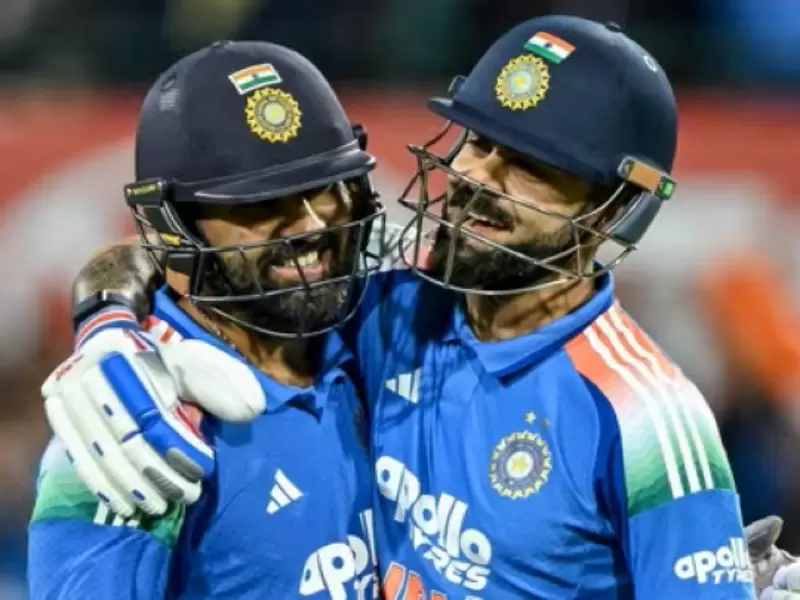
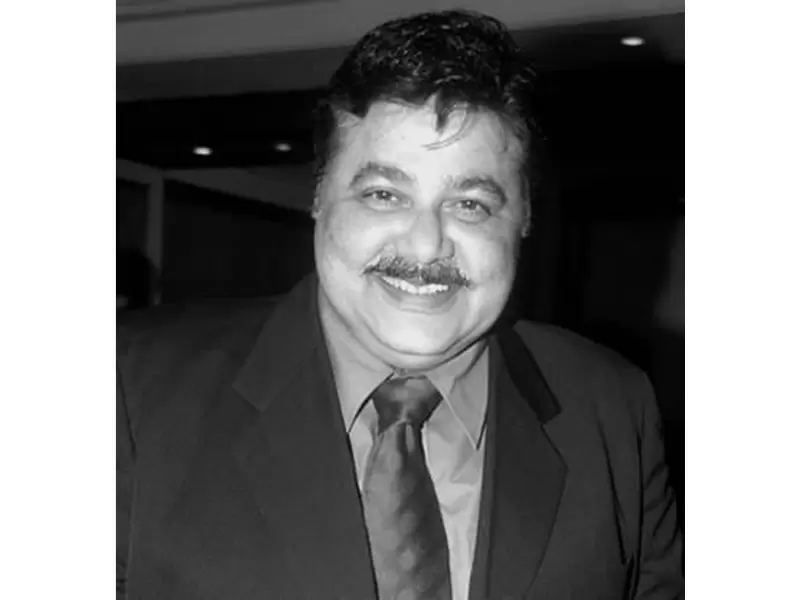


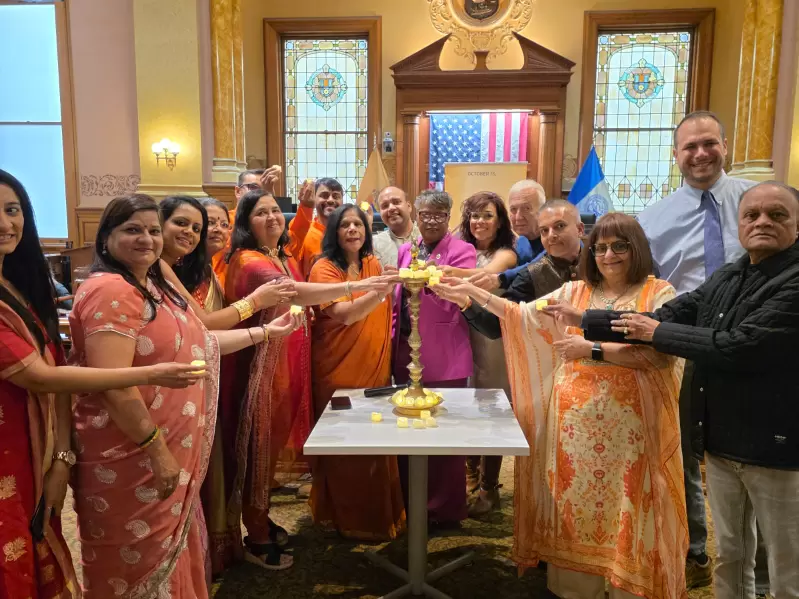


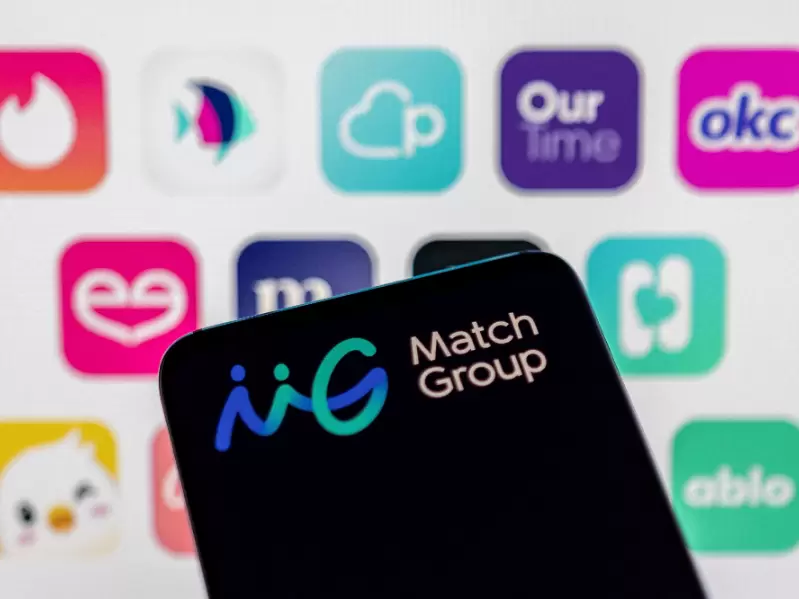

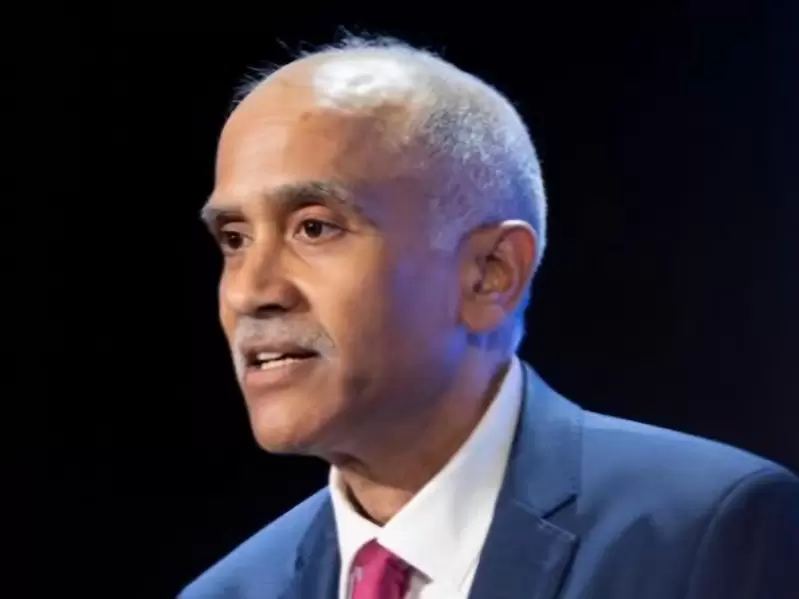

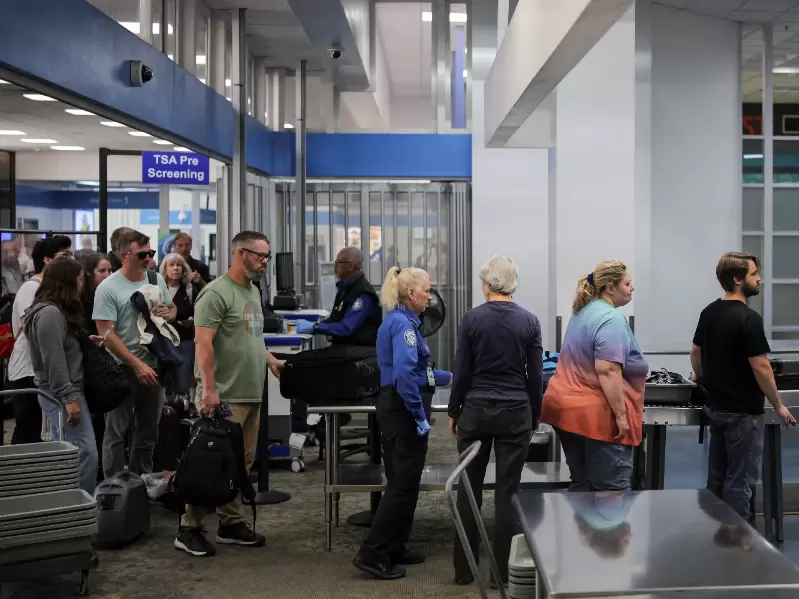

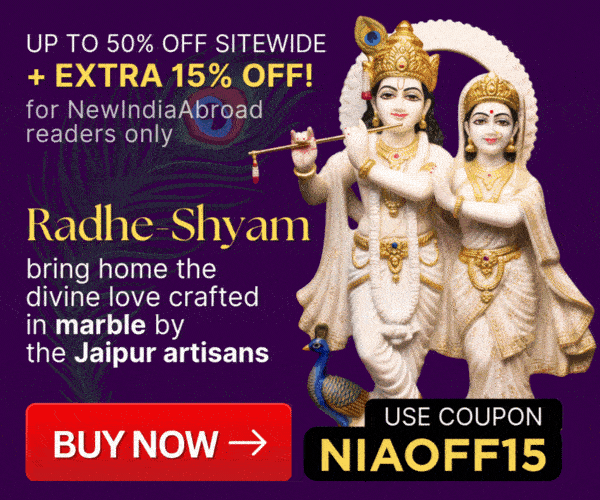

Comments
Start the conversation
Become a member of New India Abroad to start commenting.
Sign Up Now
Already have an account? Login